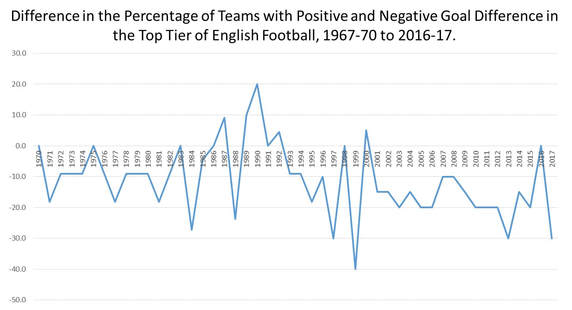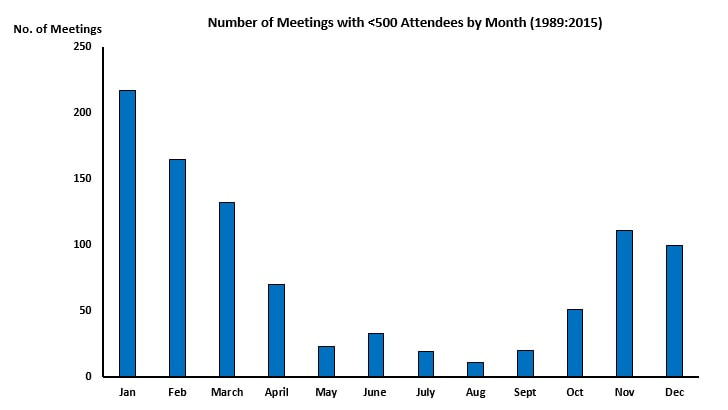With the pause in Premier League fixtures this weekend it is worthwhile to take stock of team performance so far this season. While examining the table it is clear that Manchester City have been the standout team, in terms of point’s accumulation. Their exciting brand of football has generally been lauded by the media and fans alike. In contrast, their nearest rivals, both geographically and within the league, Manchester United have been branded as playing a more conservative style of play under Jose Mourinho.
However, what does the data say, and what about the other 18 teams who make up the Premier League. What do their style of play look like? For this blog, we gather data for all Premier League results up to the 16/03/18. We create frequency plots of teams goals scored and conceded per game in order to examine team performance. Firstly we plot the number of goals scored by Premier League teams during a game and the frequency of the occurrence. The X-axis is the number of goals scored per game, while the Y-axis is the frequency of the occurrence.
Take Arsenal for example, they’ve failed to score in 6 Premier League games this season. In contrast Manchester City has only failed to find the net once. From examining the Figure below teams such as Brighton, Huddersfield and Swansea tend to have a high proportion of games were they don’t find the net. In contrast Liverpool and Arsenal, relative to other Premier League clubs, feature in games where they’ve scored 5 goals.
Plotting Goals conceded we see the formidable defences of the likes of Manchester City, Manchester United, Liverpool and Chelsea. Visualising the distribution of goals scored and conceded, along with the frequency of occurrence is a good way to understand the style teams adopt and the likelihood of a result when two teams play.
From examining both Figures presented below, we could summarise from the available data the general style Premier League teams have adopted this season. For example, if you’re hoping for a goal-fest between West Brom in their next fixture against Burnley chances are this is not going to happen, with them having failed to score over 2 goals all season. Moreover, generally teams only find the net once when they play Burnley.
A future blog will chart these types of distributions for other Leagues to attempt to shed some light how other teams styles of play compares.





 RSS Feed
RSS Feed